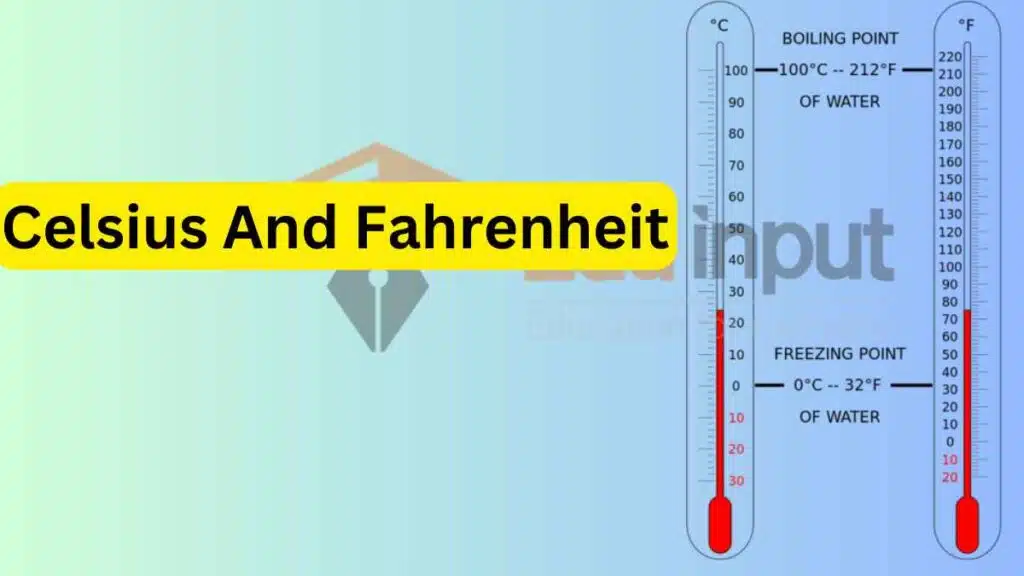Celsius Or Fahrenheit-Which Is Better?
Fahrenheit is a more precise and relevant measure of temperature for humans than Celsius. The Fahrenheit scale is based on the freezing and boiling points of water, but it is also more sensitive to changes in temperature than the Celsius scale. This means that the Fahrenheit scale can provide a more accurate measurement of air temperature, which is the temperature that humans are most concerned with.
For example, the difference between 65 degrees Fahrenheit and 75 degrees Fahrenheit is more noticeable to humans than the difference between 18 degrees Celsius and 24 degrees Celsius. This is because the Fahrenheit scale is more precise, and it is also more relevant to the temperatures that humans experience in their everyday lives.
History of Celsius and Fahrenheit
1. Celsius
The Celsius scale, also known as the centigrade scale, was developed by Anders Celsius, a Swedish astronomer, in the 18th century. He proposed a scale based on 0°C as the freezing point of water and 100°C as the boiling point at standard atmospheric pressure.
Celsius is widely used in most countries and scientific communities globally. It is a metric scale, making it easier to work with in scientific calculations. The Celsius scale also has a convenient range for everyday temperatures, as 0°C represents freezing and 100°C represents boiling.
2. Fahrenheit
The Fahrenheit scale was created by Daniel Gabriel Fahrenheit, a Polish-German physicist, in the early 18th century. He used 32°F as the freezing point of water and 212°F as the boiling point at standard atmospheric pressure.
Fahrenheit is primarily used in the United States and a few other countries. One advantage of the Fahrenheit scale is that it offers more precise measurements for weather-related temperatures. It provides a finer granularity for temperatures commonly experienced in daily life.
Formula for Conversion
The formula to convert Celsius to Fahrenheit is: F = (C × 9/5) + 32, where F is the temperature in Fahrenheit, and C is the temperature in Celsius.

Advantages and Disadvantages of Celsius
Advantages
- Metric System: Celsius is part of the metric system, making it easier to use in scientific research and calculations.
- Standardization: Most countries worldwide use Celsius, promoting consistency and facilitating international communication.
Disadvantages
- Limited Precision: Celsius has a smaller range between the freezing and boiling points of water, which can be restrictive in certain applications.
Advantages and Disadvantages of Fahrenheit
Advantages
- Fine Granularity: Fahrenheit provides more precise measurements for weather temperatures, which can be advantageous for meteorological purposes.
Disadvantages
- Complexity: Fahrenheit can be challenging to grasp for those accustomed to the metric system.
- Limited Global Adoption: Most countries outside the United States do not use the Fahrenheit scale, which can be a drawback for international communication.
Which Is Better – Celsius or Fahrenheit?
Determining which temperature scale is better depends on the context and the region where it is used. Celsius is more widely adopted globally and is better suited for scientific and international communication. On the other hand, Fahrenheit excels in providing finer granularity for everyday temperatures, especially in regions that experience varying weather patterns.



Leave a Reply